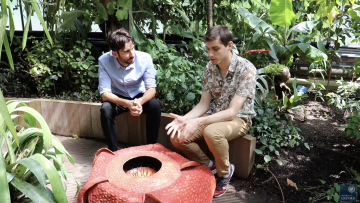On the long time behaviour of numerical schemes applied to Hamiltonian PDEs
Abstract
In this talk I will review some recent results concerning the qualitative behaviour of symplectic integrators applied to Hamiltonian PDEs, such as the nonlinear wave equation or Schrödinger equations.
Additionally, I will discuss the problem of numerical resonances, the existence of modified energy and the existence and stability of numerical solitons over long times.
These are works with B. Grébert, D. Bambusi, G. Maierhofer and K. Schratz.



